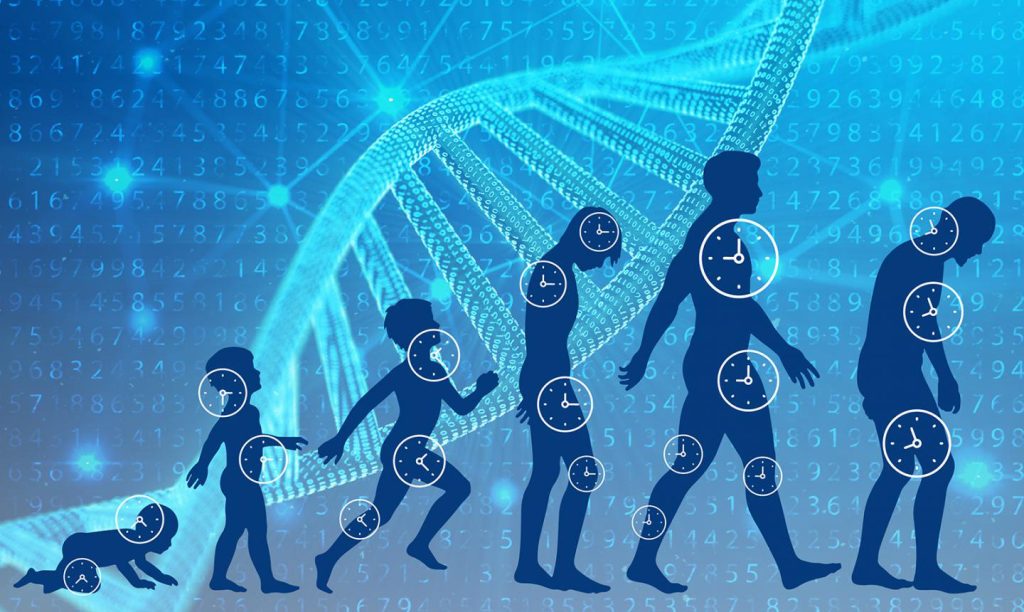Executive Overview
In the last two decades, biotechnology has entered a new era—one in which the power to manipulate life’s fundamental code has moved from theoretical ambition to clinical reality. Gene editing technologies, once a niche domain of academic laboratories, are now redefining medicine’s approach to some of humanity’s most persistent challenges: aging, chronic disease, and degenerative conditions.
Aging, long treated as an inevitable biological process, is increasingly recognized as a modifiable risk factor. Rather than merely fighting age-related illnesses—cancer, cardiovascular disease, neurodegeneration—scientists are seeking to intervene at the root causes of aging itself. This shift in perspective heralds a potential revolution in public health and longevity.
This article examines the biotechnology renaissance at the intersection of gene editing and anti-aging therapies, exploring the scientific breakthroughs, clinical innovations, economic opportunities, and ethical complexities that define this transformative moment.
1. The Aging Paradigm Shift
For centuries, medical science focused primarily on treating discrete diseases. Aging was regarded as an immutable background process—an unavoidable march of time. However, a growing body of research suggests that aging itself is the central risk factor for most chronic illnesses.
Breakthroughs in molecular biology have revealed that aging is driven by a constellation of hallmarks: genomic instability, telomere attrition, loss of proteostasis, mitochondrial dysfunction, epigenetic drift, stem cell exhaustion, and chronic inflammation. Addressing these hallmarks offers a path to delay or even reverse biological aging.
Gene editing technologies, particularly CRISPR-Cas systems and their successors, enable precise interventions in these pathways. The possibility of editing age-related genes, repairing cellular damage, and rejuvenating tissues positions gene editing as a cornerstone of longevity medicine.
2. Core Technologies Driving the Renaissance
2.1 CRISPR and Its Successors
The discovery of CRISPR-Cas9 in 2012 marked a turning point. This RNA-guided molecular tool allows for efficient, low-cost, and highly specific modification of DNA. It democratized gene editing, enabling thousands of laboratories worldwide to explore applications once limited to elite institutions.
Subsequent innovations—such as base editors, which alter single nucleotides without cutting DNA, and prime editors, which offer “search and replace” capability—further expanded the toolkit. These advances reduce the risk of off-target effects and enhance safety, a critical requirement for therapies intended for otherwise healthy individuals seeking to slow aging.
2.2 Epigenetic Reprogramming
Aging is closely linked to changes in the epigenome, the system of chemical markers that regulate gene expression. In landmark studies, transient expression of Yamanaka factors (OCT4, SOX2, KLF4, c-MYC) partially reset the epigenetic clock of aged cells, restoring youthful function without erasing their identity.
Companies such as Altos Labs and Retro Biosciences are investing heavily in developing safe epigenetic reprogramming therapies. The goal is to rejuvenate tissues systemically, potentially adding decades of healthy life.
2.3 Senolytic Strategies
Senescent cells, sometimes described as “zombie cells,” accumulate with age and secrete pro-inflammatory factors that damage surrounding tissues. CRISPR screens have identified genes essential for senescent cell survival, offering novel targets for their selective elimination.
Early-stage trials of senolytic drugs, often combined with targeted delivery mechanisms, have shown promise in improving tissue function and extending healthspan in animal models.
2.4 Mitochondrial Repair and Gene Transfer
Mitochondria, often called the cell’s power plants, decline in efficiency with age due to accumulated mutations in their own DNA. Technologies such as mitochondria-targeted gene editing and allotopic expression (nuclear-encoded replacement of mitochondrial genes) are under active investigation as potential tools to restore cellular energy metabolism.
3. Clinical Frontiers in Longevity Medicine
3.1 Early-Stage Human Trials
While most longevity-focused gene editing interventions remain in preclinical stages, human trials are emerging for age-related conditions such as macular degeneration, muscular dystrophy, and cardiovascular diseases. These trials serve as proving grounds for delivery systems, safety protocols, and regulatory frameworks.
3.2 Personalized Genomic Therapies
The combination of whole-genome sequencing, big data analytics, and AI-driven modeling is enabling truly personalized therapies. By identifying individual risk variants for aging-related pathways, clinicians can tailor interventions—ranging from gene silencing to epigenetic modulation—to the unique genetic profile of each patient.
3.3 Regenerative and Combination Therapies
Future longevity treatments will likely integrate gene editing with stem cell therapy, regenerative biomaterials, and advanced drug delivery systems. For example, engineered stem cells with enhanced DNA repair capacity may be used to repopulate aged tissues, while gene therapy addresses systemic aging processes.

4. Economic and Industrial Transformation
4.1 The Emerging Longevity Economy
The global longevity biotechnology market is projected to grow exponentially over the next two decades. Startups focusing on gene editing, senescence clearance, and epigenetic reprogramming are attracting billions in venture capital.
This sector is poised to redefine healthcare economics. Rather than treating diseases late in life, interventions could delay their onset, reducing healthcare costs and extending productive years of life—shifting the economic focus from disease care to health maintenance.
4.2 Geographic Hubs of Innovation
Biotechnology innovation is concentrated in a few key hubs:
- United States: Home to companies like CRISPR Therapeutics, Verve, and Calico, with strong academic-industry collaboration.
- China: Investing heavily in CRISPR-based therapies and anti-aging research, supported by large clinical trial populations.
- Europe: Leading in ethical governance and regulatory innovation, hosting centers for mitochondrial medicine and rare disease therapies.
- Japan and South Korea: Pioneering regenerative medicine and integrating traditional healthcare systems with genomic therapies.
4.3 Supply Chain and Manufacturing Challenges
Scaling up gene therapy production—especially for complex, personalized treatments—poses logistical and regulatory challenges. Innovations in bioreactors, viral vector manufacturing, and cold-chain distribution will be crucial to making these therapies widely accessible.
5. Ethical and Societal Dimensions
5.1 Equity and Accessibility
A central ethical concern is equitable access. If longevity therapies remain prohibitively expensive, they could exacerbate global health disparities, creating a “longevity elite.” Addressing affordability will be as important as scientific progress.
5.2 Regulatory and Governance Frameworks
Existing frameworks for drug approval are often ill-suited to therapies that target aging itself rather than specific diseases. Policymakers face the challenge of balancing innovation with safety and ethical oversight.
5.3 The Meaning of Aging in Human Culture
Extending human life raises profound cultural and philosophical questions. How will prolonged healthspan affect work, retirement, family dynamics, and intergenerational relationships? Will societies need to rethink resource allocation and social contracts in a world where centenarians are commonplace?
6. Challenges to Overcome
Despite remarkable progress, several hurdles remain:
- Delivery Systems: Achieving safe and efficient gene delivery to all relevant tissues.
- Long-Term Safety: Understanding the lifelong effects of genetic interventions introduced early in life.
- Immune Response: Overcoming host immune reactions to viral vectors or repeated treatments.
- Complexity of Aging: Aging involves intertwined systems; interventions must address multiple hallmarks in concert.
7. A Vision for the Future
The biotechnology renaissance is more than a medical revolution—it represents a fundamental shift in how we understand and manage human health. By targeting the biological roots of aging, gene editing could add not just years to life but vitality to those years.
Realizing this vision will require sustained investment, global collaboration, and a commitment to equitable access. It will also demand humility: the recognition that intervening in fundamental biological processes carries risks as well as rewards.
Humanity stands on the threshold of a new era in which aging may be treated as a condition to be managed rather than a fate to be endured. Whether we seize this opportunity responsibly will shape not only the future of medicine but the trajectory of human civilization itself.

















































